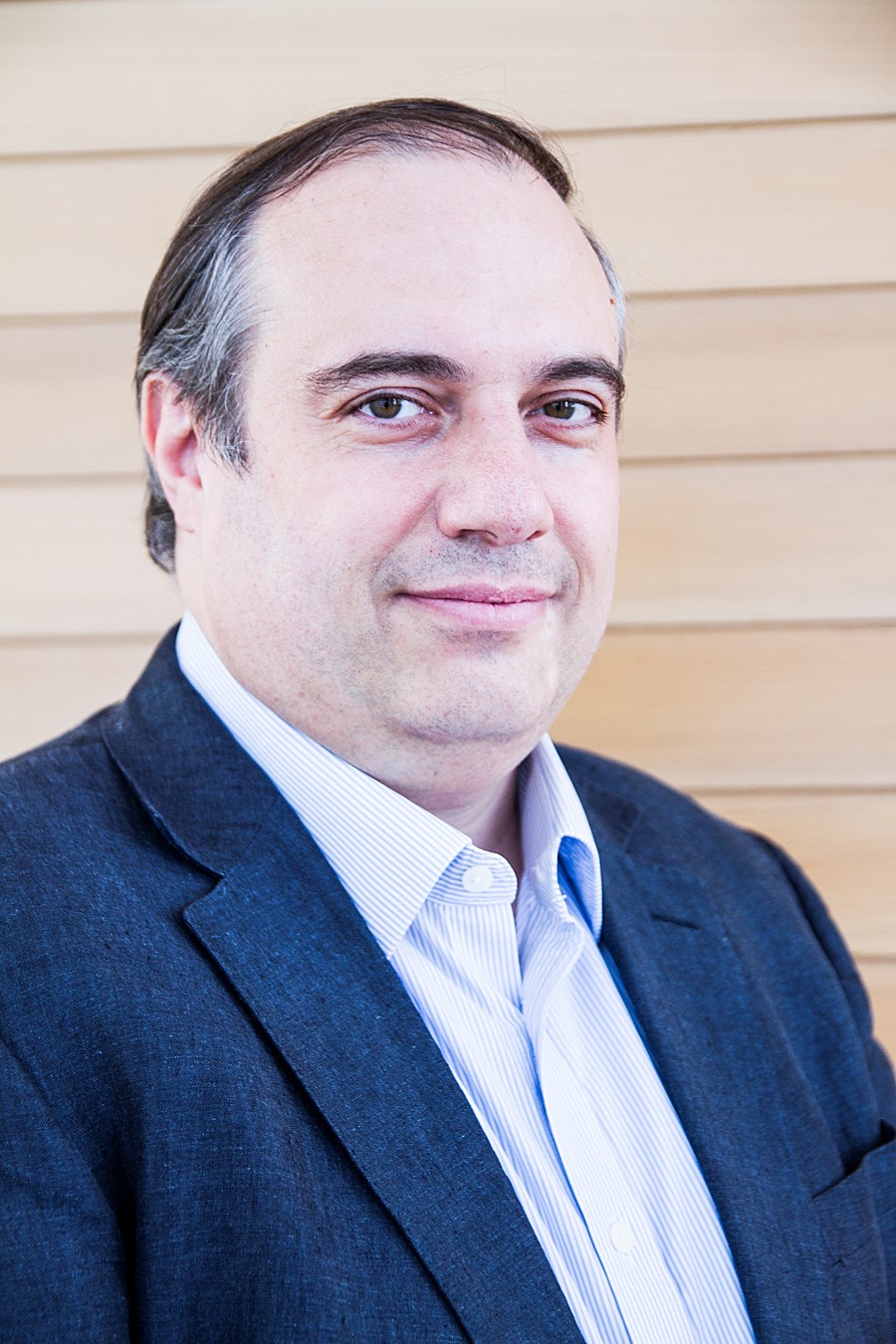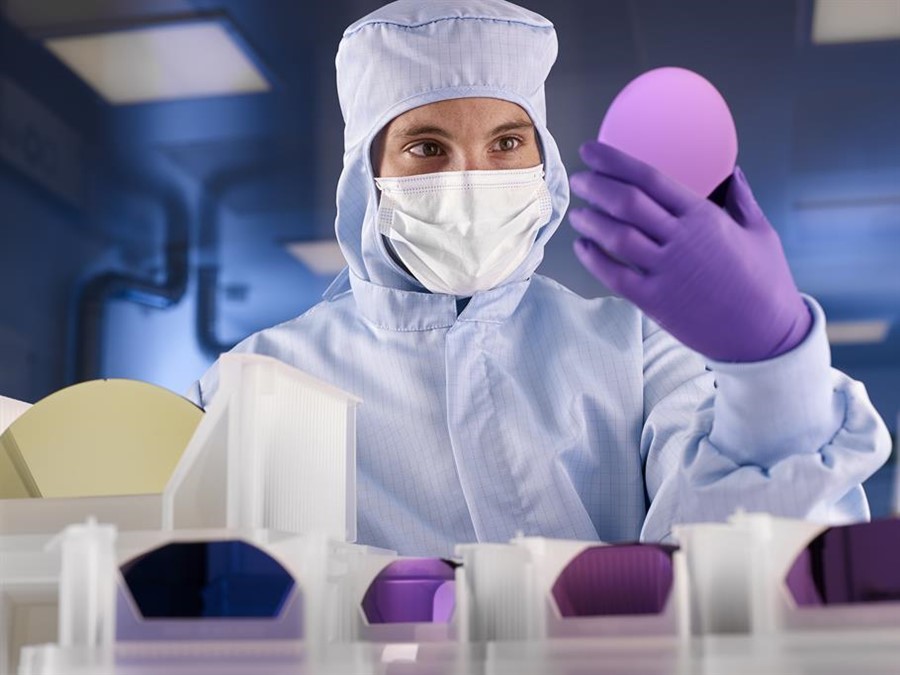#TechTuesday: Graphene Production
There are many misconceptions about the state of graphene production, but at this point the issues of graphene mass production are by and large solved. Graphene Flagship Partners and Associated Members are creating tonnes of graphene in various forms for myriad applications every year.
Andrea C. Ferrari, Graphene Flagship Science and Technology Officer: Often people believe that graphene is expensive and difficult to make. This was the case ten years ago, but it's not the case anymore. By now, the issues of mass production either in tens of kilograms or tonnes or in terms of centimetres squared, metres squared, hundreds of metres squared are by and large solved.
José Antonio Peláez: We are GrapheneTech and we are graphene mass producers. What we have here is a master batch that is also industrialized. We can provide the polymers with an improvement in mechanical properties, thermal dissipation, and also we can provide the polymers with electrical conductivity.
Iñigo Charola, Graphenea: Our purpose here is really to produce graphene in enough volume, enough quantities that it can be used by industry. We work on graphene oxide and CVD materials, graphene films totally different, and in both we have been investing in order to make this a reality.
Dimitros Fantanas, M-Solv Ltd.: We're working on the upscale and mass production of graphene electrodes for supercapacitor applications. We, M-Solv, have developed a novel spray deposition process, and that is upscalable. And we're currently designing a roll-to-roll system for production of graphene electrodes for up to 30,000 devices per year.
Lucia Lombardi, Talga: These are graphite stones. Talga owns mines in northern Sweden. We use our rock to produce Talphene powder and Talphene dispersions. Talphene powder is used in composites to improve electrical and mechanical properties while Talphene dispersion is used for coatings.
Kari Hjelt, Graphene Flagship Head of Innovation: A lot of interested people are asking, when can we buy these products? When can I integrate this in my systems? So we are really in the industrialization and commercialization step in the Graphene Flagship.
Jari Kinaret, Graphene Flagship Director: It's very interesting to see that we have come a long way when it comes to graphene production. Here we have graphite from a mine in Europe. We have producers that produce graphene flakes for many kinds of nano composite battery applications, supercapacitor applications. We also have producers that produce high-quality graphene for very fast electronics applications and optoelectronics applications. So by and large, one can say that graphene production is a solved issue now.
Learn more about graphene production.

Andrea C. Ferrari, Graphene Flagship Science and Technology Officer
Often people believe that graphene is expensive and difficult to make. This was the case ten years ago, but it's not the case anymore. By now, the issues of mass production are by and large solved.
Graphene Flagship Science and Technology Officer





